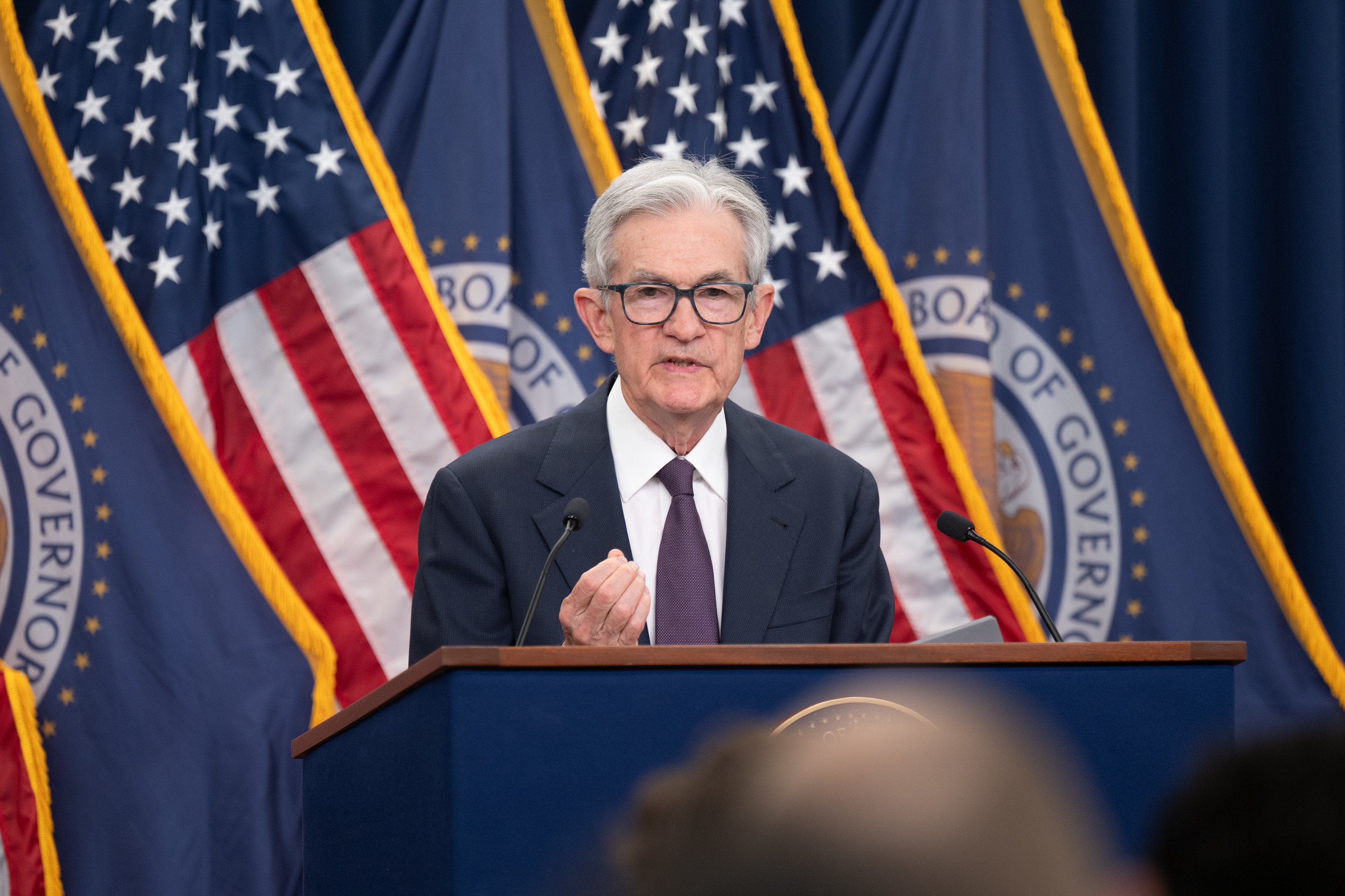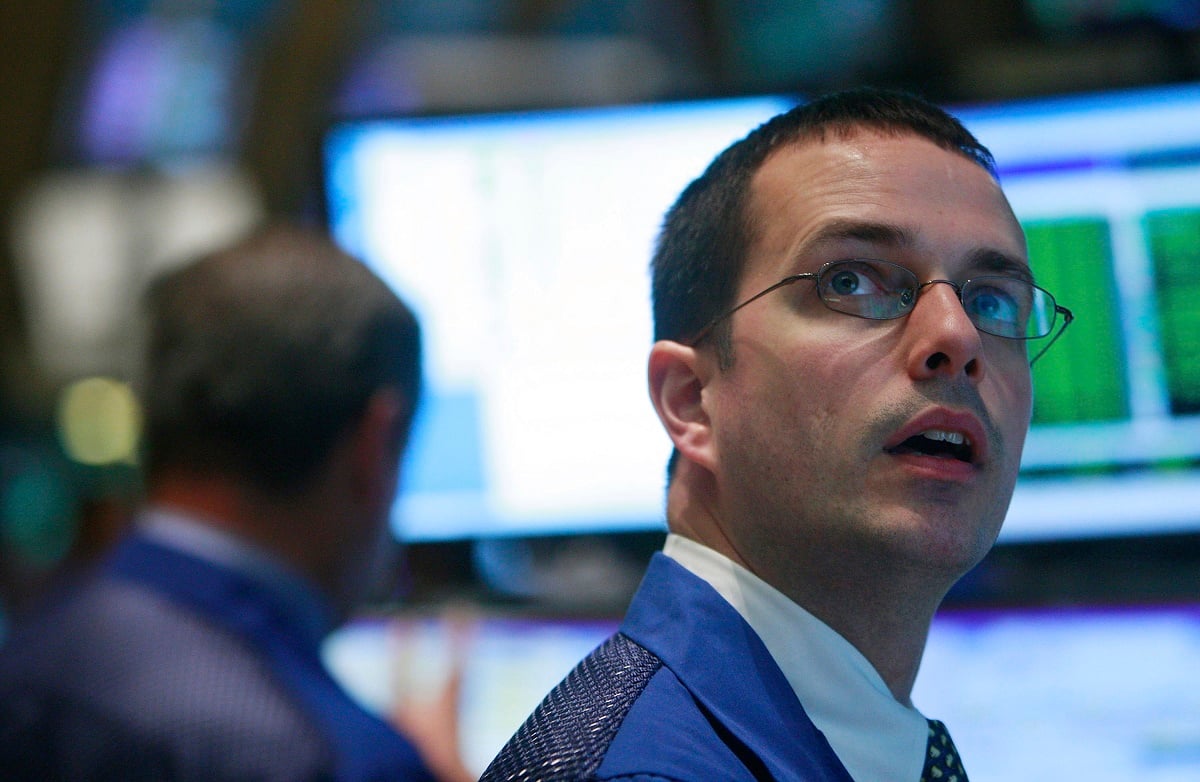The S&P 500 (^GSPC +0.32%) advanced 1.9% in August, notching several record highs in the process. The index has now returned 10% year to date despite headwinds related to President Trump's trade war, the impact of which has led to higher prices and weakness in the labor market.
Nevertheless, the S&P 500 tends to perform very poorly in September, and the index trades at a rich valuation that has historically correlated with declines in the subsequent one, two, and three years. Here's what investors should know.

Image source: Getty Images.
September has historically been the worst month for the U.S. stock market
The S&P 500 declined by an average of 4.2% in September during the last five years, making it the worst month for the U.S. stock market by a wide margin. Oddly, the pattern holds over longer periods. The S&P 500 declined by an average of 2% in September during the last 10 years and it declined by an average of 1.5% during the last 25 years.
Some analysts say the phenomenon, called the September Effect, is simple psychology: The expectation of losses causes investors to sell stocks, leading to the very outcome they feared. Other analysts explain the phenomenon as seasonality: Discretionary spending drops as families return from vacation and students head back to school.
Still other analysts say the September Effect is a consequence of fund schedules: Many institutional money managers end their fiscal year in September, at which point tax loss harvesting and portfolio rebalancing leads to increased selling activity. Regardless, history says the S&P 500 is likely to decline this month.

SNPINDEX: ^GSPC
Key Data Points
The S&P 500 currently trades at an extremely high valuation
The S&P 500 has gained 10% year to date despite President Trump imposing severe tariffs, but many Wall Street analysts have lowered their earnings forecasts for future quarters. The combination of a rising stock market and declining earnings estimates has left the S&P 500 at 22.4 times forward earnings, an expensive valuation that has historically led to an average decline of 6.4% in the next year, according to billionaire Leon Cooperman.
We can also evaluate the S&P 500 using the cyclically adjusted price-to-earnings (CAPE) ratio, which measures its current level against average inflation-adjusted earnings from the past decade. That valuation metric was developed by economist Robert Shiller and is often called the Shiller PE ratio.
The S&P 500 had a CAPE ratio of 37.9 at the end of August. The index's monthly CAPE ratio has only exceeded 37 on 40 occasions since it was created in 1957, which is about 5% of the time. In other words, the U.S. stock market is more expensive today than it has been 95% of the time through its nearly seven-decade history.
Unfortunately, monthly CAPE ratios above 37 have historically been a warning for investors. The S&P 500 has usually declined over the next one, two, and three years, as shown in the chart below.
|
Holding Period |
S&P 500 Return When CAPE Ratio Exceeds 37 |
|---|---|
|
1 Year |
(3%) |
|
2 Years |
(12%) |
|
3 Years |
(14%) |
Chart by Author. Data source: Robert Shiller.
As shown above, the S&P 500 after achieving a monthly CAPE ratio of 37 has dropped by an average of 3% during the next year, 12% during the next two years, and 14% during the next three years. Put differently, history says the S&P 500 is headed lower in the coming years.
However, S&P 500 profit margins have increased as the internet and cloud computing have led to asset-light business models, and that trend could continue as more companies use artificial intelligence to automate workflows. In turn, higher profit margins could lead to an acceleration in future earnings growth.
In that scenario, the CAPE ratio would be artificially high because it averages earnings from the past decade. But market participants might be willing to pay higher multiples if they anticipate faster earnings growth in the future. So, past performance is not a guarantee of future results, but investors should be cautious in the current market environment.





